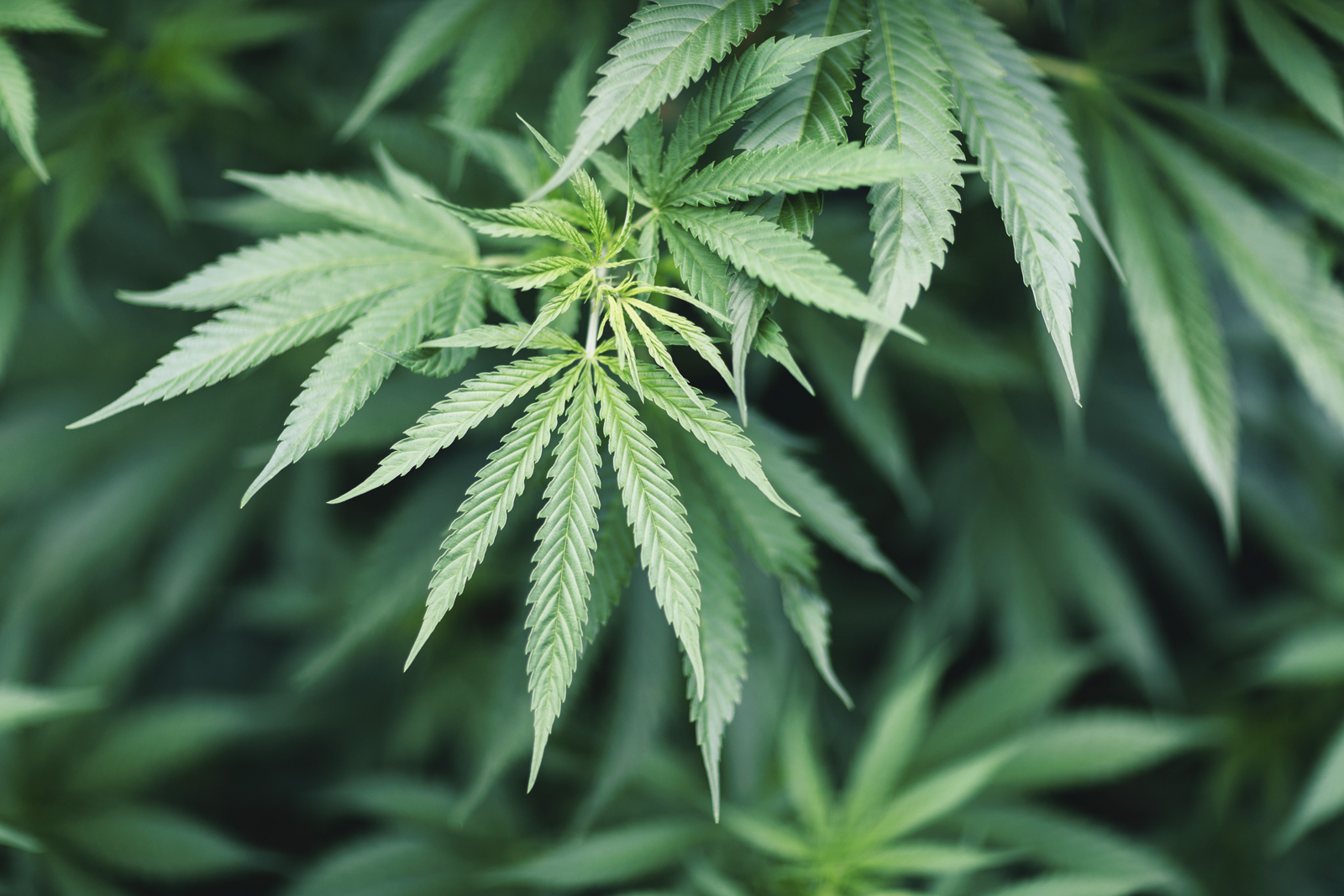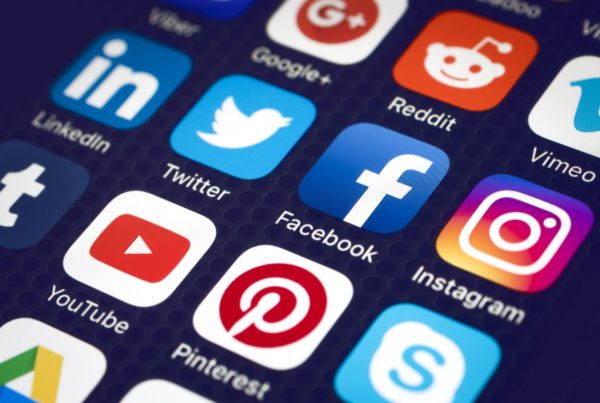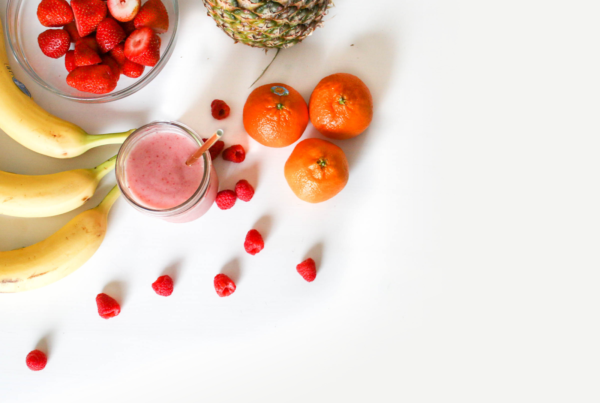Its Not Your Mamas Weed
“Oh, it’s just weed.” I’ve heard this statement so many times. It seems like marijuana has become so common these days. Everywhere you look there are billboards and dispensaries on almost every corner. But what most people don’t realize is that today’s marijuana is not the same as your mama’s weed. The potency has increased dramatically over the past few years without anyone fully understanding how this can affect a teen’s growing brain. So here’s what we DO know about how marijuana impacts teen’s brains differently than adult users.
The Basics:
Get ready to nerd out with me for a couple of sentences. First off, it is NOT some magical drug that can cure everything. Marijuana has over 500 different chemicals, sort of like tobacco has a lot of chemicals besides just nicotine. But for now, let’s just focus on the main 2 chemicals in marijuana: THC (delta- 9 tetrahydrocannabinol) and CBD (cannabidiol). THC is the main chemical that causes the feeling of euphoria, or high. On the other hand, CBD does not cause a high and is being tested for medicinal properties (Atakan, 2012). A lot of people get these two mixed up or didn’t even know there was a difference. THC is the chemical we should be worried about since it has NO health benefits and brain scans are showing serious damage to teens brains, even from casual recreational use.
Evolution:
Back in the day, marijuana was only smoked. But now there are so many other forms that people can indulge in such as concentrates, food, beverages, and topicals just to name a few. But that’s not the only thing that has changed. The THC level has also skyrocketed. In the 60s-70s, now referred to as “Woodstock Weed”, the THC level was 1-3%, but now, it has been modified up to 14-30%! Even more shocking is that marijuana dabs and vaping concentrates heavily used by teens, are as high as 25-99% THC (ElSohly et al., 2016). If you are a visual person like me, then this graph will help you understand just how fast the marijuana potency has increased. (And this was before it was legalized for medicinal use in 2016).
THC and the Teen Brain:
Do you know what age the human brain is fully developed? Age 25! You probably know that the biggest growth spurt is between ages 0-2. But did you know the 2nd biggest growth spurt is between ages 12-18? Not only are teens just physically growing, but more importantly their brains are. A lot! Think about it. Would you give marijuana, or any drug that causes a high to a child 1-2 years old? Of course not! We instinctively understand this will cause serious, permanent damage at such a delicate growth stage. Well, the same turns out to be true for the teens brain during this growth spurt as well. Researchers are finding that the increase of THC potency is heavily affecting and even interfering with a teen’s brain development, sometimes permanently, resulting in:
- Memory loss
- Significantly lower IQ
- Inability to concentrate
- Depression, suicide and anxiety
- Higher susceptibility to all drug addiction
- Overdoses (Jacobus & Tapert, 2014) Amen Clinics
Teen years are already a struggle because there is so much to learn about life. Using marijuana can make it that much harder, not just during the teens years but for the rest of their life.
Conclusion:
TODAYS MARIJUANA IS NOT YOUR MAMA’S WEED. It’s not “just” weed anymore. It has evolved in such a way that it is dangerous for a teen to use because it will affect their brain. With all the conflicting information out there about marijuana it is easy to understand why some think that the drug is safe, and maybe even healthy and helpful. But I encourage you do your own research and empower yourself with the information and knowledge to make an informed decision. Talk to your teen and communicate how this can harm them and their bright future.

Look for future articles where we will share more details and tips on how to talk to your youth about marijuana in a way that they will hear and be receptive to. For tips on how to find science based, non-biased sites to do your own research and how to talk to your teen check out our newsletter at https://conta.cc/3eDS03f. You can also look at our YouTube videos “What to Say When Someone Tries To Pressure You To Use Marijuana” and “How to Tell If My Child is Using Drugs” which you can access here: https://www.youtube.com/channel/UCwVbtGOShq8w_4QS3K10duQ
Also follow us on social media where we share youth marijuana and alcohol prevention tips and data!
Resources
- https://www.ncbi.nlm.nih.gov/pmc/articles/PMC4987131/).
ElSohly, M., Mehmedic, Z., Foster, S., Gon, C., Chandra, S., & Church, J. (2016, April 1). Changes in Cannabis Potency Over the Last 2 Decades (1995-2014): Analysis of Current Data in the United States. Retrieved April 09, 2020, from https://www.ncbi.nlm.nih.gov/pmc/articles/PMC4987131/
Atakan, Z. (2012, December). Cannabis, a complex plant: different compounds and different effects on individuals. Retrieved from https://www.ncbi.nlm.nih.gov/pmc/articles/PMC3736954/
Jacobus, J., & Tapert, S. (2014). Effects of cannabis on the adolescent brain. Retrieved April 09, 2020, from https://www.ncbi.nlm.nih.gov/pmc/articles/PMC3930618/




